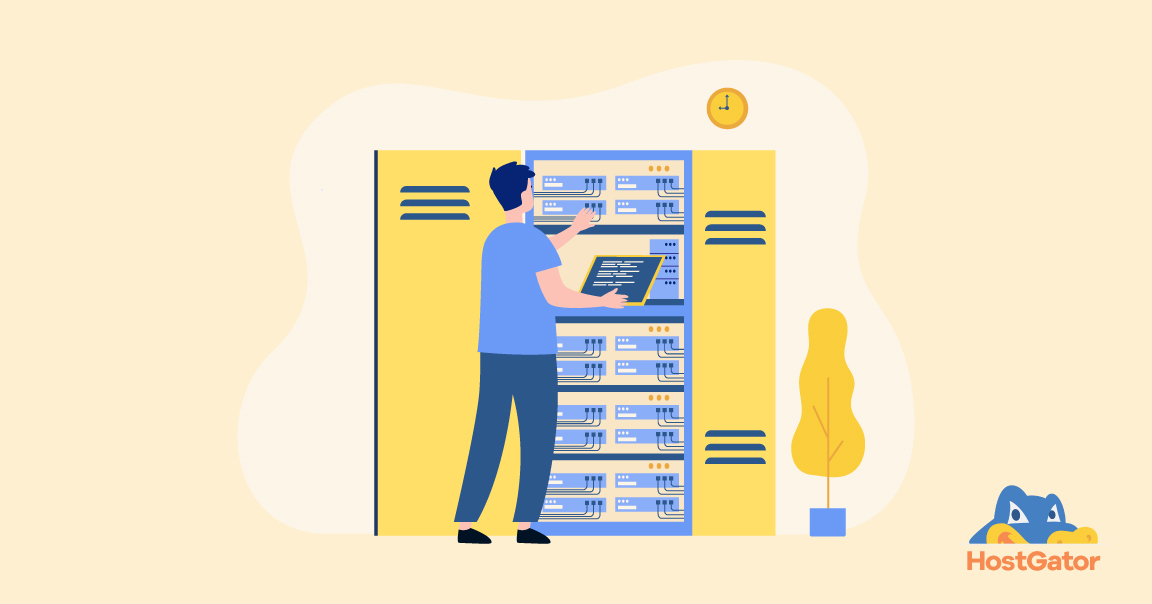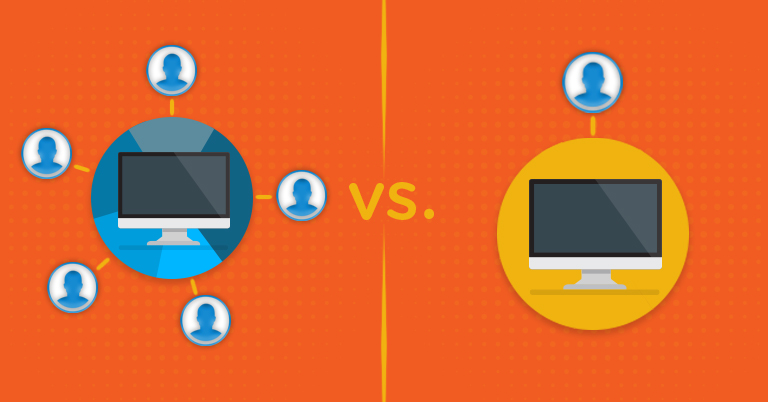Imagine you’re trying to enter your favourite store, but suddenly, a massive crowd appears and blocks the entrance. No matter how hard you try, you can’t get inside. This is similar to what happens during a distributed denial-of-service (DDoS) attack, but instead of a physical store, it targets websites and online services.
A DDoS attack is a type of cyber attack where multiple computers work together to overwhelm a website with fake traffic. The objective is to prevent actual users from accessing the target.
DDoS stands for “Distributed Denial-of-Service,” which means the attack comes from many different sources (distributed) and aims to prevent access to a service (denial-of-service).
What are DDoS Attacks?
To grasp how Denial of service DDoS attacks work, we need to understand a bit about how the internet functions. Your computer makes a request to the website’s server every time you visit it. After that, the computer sends back the website’s information. This process usually happens quickly and smoothly.
However, during a DDoS attack, the target receives an enormous number of requests from many different computers at once. This flood of traffic is more than the server can handle, causing it to slow down or crash completely. As a result, real users can’t access the website or service.
Types of DDoS Attacks
Denial of service DDoS attacks come in different types, each targeting various parts of a computer network. Here are some common types:
-
Volume-Based Attacks
These attacks try to use up all the available bandwidth between the target and the wider internet. It’s like trying to force too much water through a pipe – eventually, the pipe can’t handle the pressure and bursts. An example is a DNS amplification attack, where the attacker tricks DNS servers into sending large amounts of data to the target.
-
Protocol Attacks
These attacks target the resources of web servers or other network equipment like firewalls. They exploit weaknesses in how computers communicate with each other.
A common example is the SYN flood attack, where the attacker sends many connection requests but never completes them, leaving the server waiting and wasting its resources.
-
Application Layer Attacks
These attacks focus on crashing the web server itself. They’re tricky because they can look like normal traffic. An HTTP flood is an example – it’s like repeatedly refreshing a web page on many computers at once, overwhelming the server with requests.
How DDoS Attacks in Cyber Security are Carried Out
DDoS attacks often use a network of infected computers called a botnet. Here’s how it works:
- The attacker infects many computers with malware, turning them into “bots” or “zombies.”
- These infected computers form a network (botnet) controlled by the attacker.
- When ready, the attacker orders the botnet to bombard the target with traffic.
- The target becomes overwhelmed and can’t function properly.
The scary part is that owners of infected computers often don’t know their machines are part of a botnet. This makes it hard to trace DDoS attacks back to the real attacker.
Signs of a DDoS Attack
Identifying a Dos attack in cyber security can be tricky because some signs might look like normal technical problems. However, here are some red flags:
- The website or service suddenly becomes very slow or unavailable
- Unusual amounts of traffic coming from a single IP address or range
- A flood of traffic sharing the same characteristics (like device type or location)
- Odd traffic patterns, such as spikes at unusual times
- An unexpected increase in page or site requests
It’s important to note that not all traffic spikes are DDoS attacks. Sometimes, a website might suddenly become popular for good reasons, like a product launch or viral content.
Why Do DDoS Attacks Happen?
People carry out DDoS attacks for various reasons:
- Financial gain: Competitors might attack a business to disrupt its services and steal customers.
- Revenge: Disgruntled individuals might want to harm a company or organisation.
- Activism: Some attackers use DDoS to make a political or social statement.
- Distraction: DDoS attacks can be used to divert attention from other malicious activities.
- Extortion: Attackers might threaten a Dos attack in cyber security unless a ransom is paid.
The impact of a DDoS attack can be severe. Businesses can lose money, customers and reputation. Even large companies aren’t immune – in February 2020, Amazon Web Services faced the largest DDoS attack in cyber security in history.
How to Protect From DDoS Attacks
Defending against Denial of service DDoS attacks is challenging, but there are several strategies that can help:
- Traffic Analysis: One of the first steps in DDoS protection is to analyse network traffic. This helps identify unusual patterns or sources of traffic that might indicate an attack. Many organisations use specialised software to monitor their network traffic continuously.
- Bandwidth Expansion: Increasing a network’s capacity to handle traffic can help absorb some of the impact of a DDoS attack. This is like widening a road to handle more cars. However, this strategy alone isn’t enough to stop large-scale attacks.
- Firewalls and IDS (Intrusion Detection Systems): These tools serve as a network’s security personnel. They can be set up to recognize and stop false traffic. Web Application Firewalls (WAFs) are particularly useful for protecting against application layer attacks.
- Traffic Filtering: This involves separating good traffic from bad. It’s a complex process because attackers often try to make their traffic look legitimate. Advanced filtering techniques use machine learning to improve accuracy.
- Anycast Network Diffusion: This approach spreads incoming traffic across a network of distributed servers. It’s like dividing a powerful river into many smaller streams, making the flow more manageable.
- Cloud-Based Protection: Many businesses now use cloud-based DDoS protection services. These services can absorb and filter huge amounts of traffic before it reaches the target’s network.
- Regular Security Audits: Conducting regular assessments of network security can help identify vulnerabilities before they’re exploited in an attack.
- Incident Response Plan: Having a well-prepared plan for responding to DDoS attacks can significantly reduce their impact. These processes should detect, mitigate and restore normal operations after an attack.
Challenges in DDoS Mitigation
Protecting from Denial of Service attacks, Dos isn’t easy. Here are some of the main challenges:
- Distinguishing Attack Traffic from Legitimate Traffic: As attacks become more sophisticated, it’s increasingly difficult to tell the difference between malicious and normal traffic. Attackers often try to mimic legitimate user behaviour.
- Keeping Up with Evolving Tactics: DDoS techniques are constantly changing. As soon as defenders find a way to block one type of attack, attackers develop new methods.
- Handling Large-Scale Attacks: Some DDoS attacks can generate enormous amounts of traffic – far more than most individual organisations can handle on their own.
- Protecting Against Multi-Vector Attacks: Modern DDoS attacks often use multiple methods simultaneously, making them harder to defend against.
- Balancing Security and Performance: Overly aggressive DDoS protection measures might accidentally block legitimate traffic, affecting user experience.
Conclusion
DDoS attacks are a significant threat in our interconnected world. They can disrupt businesses, compromise user data and cause substantial financial losses. Understanding how these attacks work is the first step in protecting against them.
While completely preventing DDoS attacks might not be possible, organisations can take many steps to protect themselves. This includes using modern security technologies, secure web hosting, creating incident response plans and keeping up with attack and defence developments.









